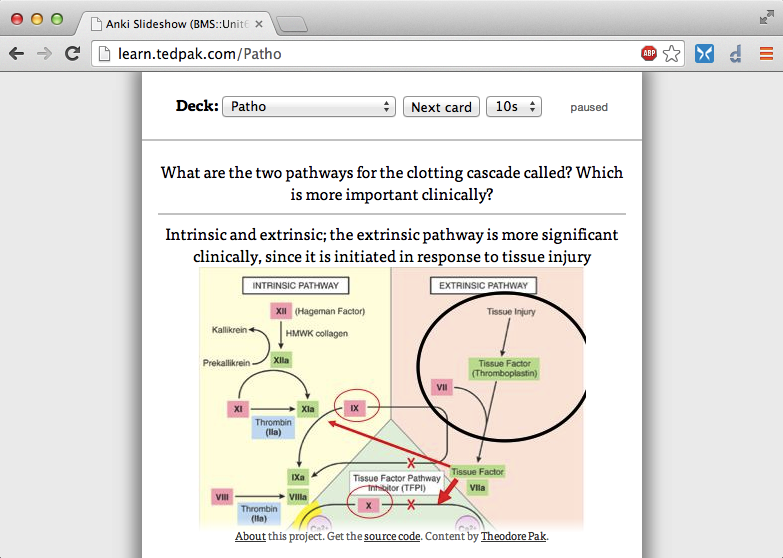

Select "Write the tag at the end of the Destination Field.".In most other cases, the "Source Field" and "Destination Field" will be the same. If you're specifically trying to learn how a written word is pronounced, this will be different than what you set the "Source Field" to, e.g., if you're trying to learn the pronunciation of a word written with Chinese characters. Set the "Destination Field" to the field that, when displayed, will trigger the playing of the audio.Set the "Source Field" to the field in the card from which you'll get the text that will be converted to speech.Set the "Language" to the language you want to generate audio for.I've found Google's text-to-speech to be pretty good and haven't really played with the other services yet. There are others that you can choose from here as well. From the "Edit" menu, select "AwesomeTTS MP3 Mass Generator".In the "Browser" window, select the cards that you want to add audio to.Open Anki and, in the "Anki" window, click "Browse".However, AwesomeTTS has another way to add audio to your cards, which will actually add MP3 files, and this works just fine on both the desktop and my iPhone: I added the tag but wasn't able to get that to produce any audio. My presumption was that this would mean that the audio would somehow be automatically added ( AwesomeTTS's page doesn't really elaborate on how this feature works). Once you've successfully downloaded the add-on, click OK and then quit and then reopen Anki.Īdding audio using AwesomeTTSAwesomeTTS has a way to do add audio "on the fly" by adding a tag to the card template.In the "Install Add-on" window, copy and paste 301952613 into the "Code" field and click "OK".In Anki, from the "Tools" menu, select "Add-ons" > "Browse & Install.".Installing AwesomeTTSAnki has a pretty convenient way to install add-ons you get the add-on's code and paste it into Anki. As with doing it manually, it has the drawbacks of using text-to-speech (not completely natural, etc.), but if you want to add a large number of audio files quickly, I don't know of any better way. It's in a little Anki plugin called AwesomeTTS, which I concur is a pretty awesome add-on for adding text-to-speech audio to Anki.ĪwesomeTTS supports Google Translate and several other text-to-speech services and can be used to automatically add MP3 audio files to your flashcards. And I thought to myself, "There's got to be a better way to get audio into Anki…". My goal was to add those to Anki so that I could hear the foreign-language pronunciation while reviewing words. A few weeks back I explained how to get MP3 audio recordings of your target language from Google Translate.


 0 kommentar(er)
0 kommentar(er)
